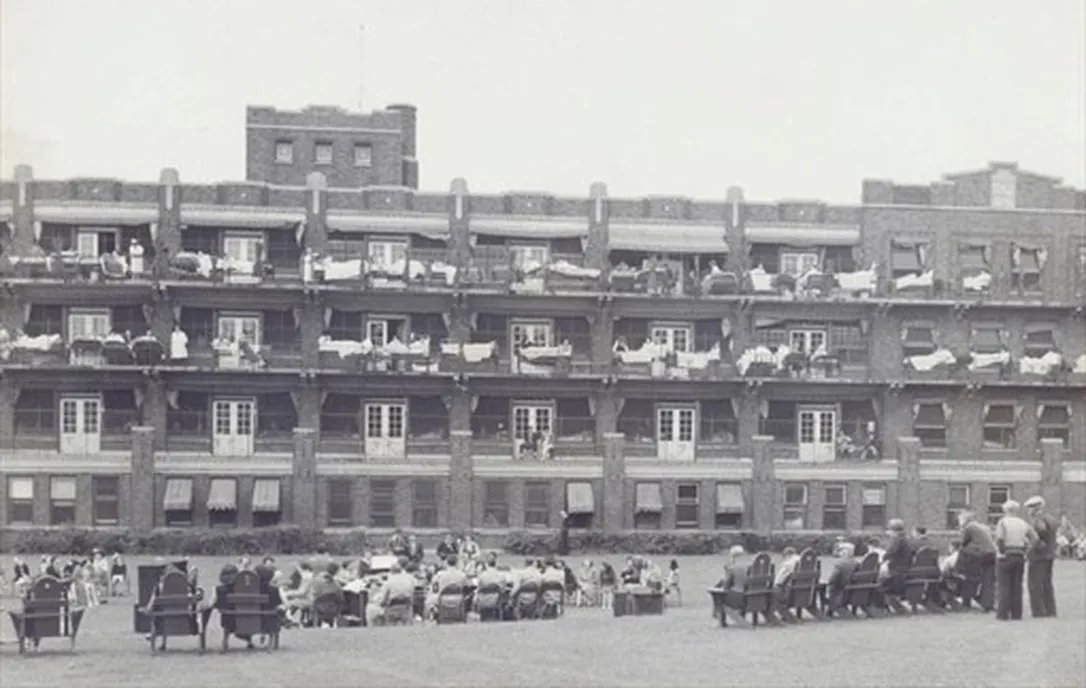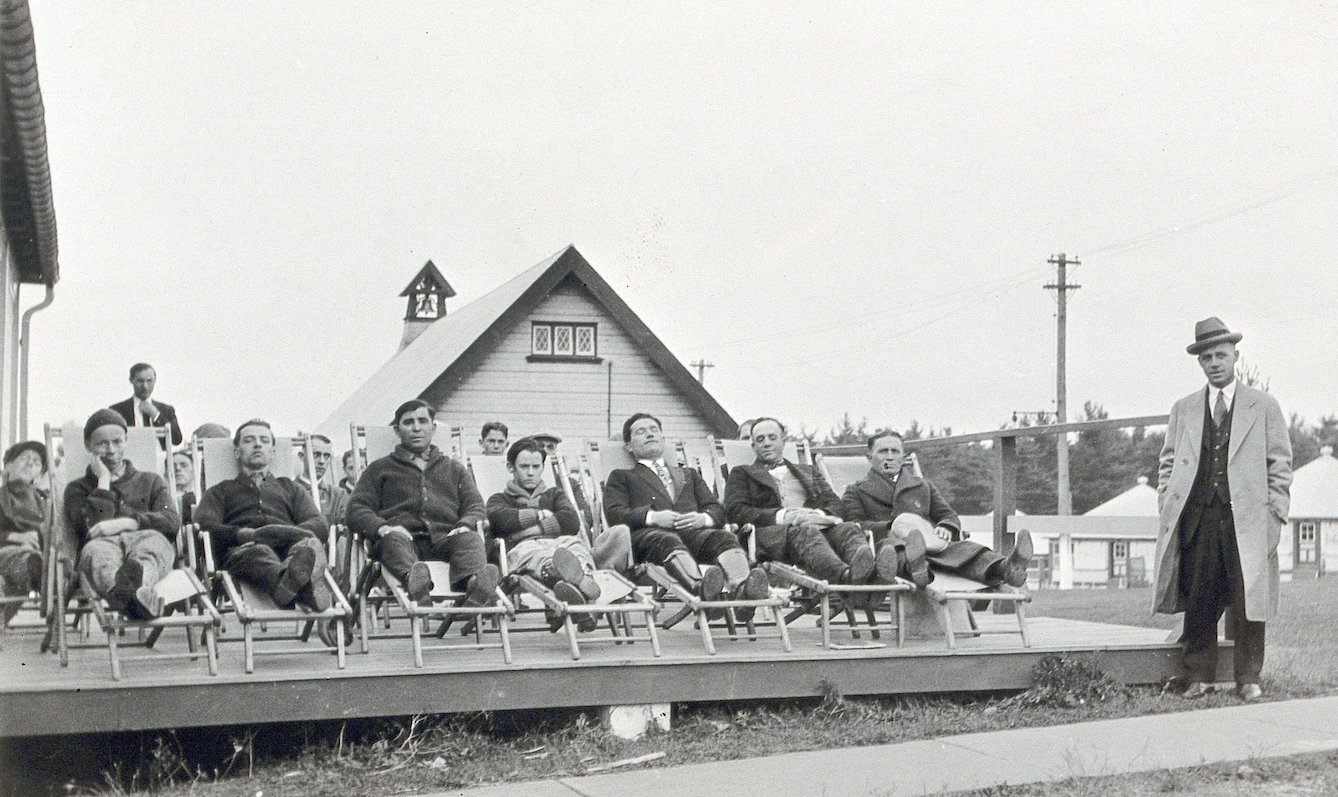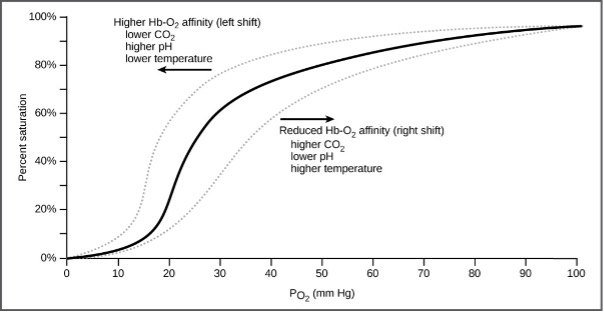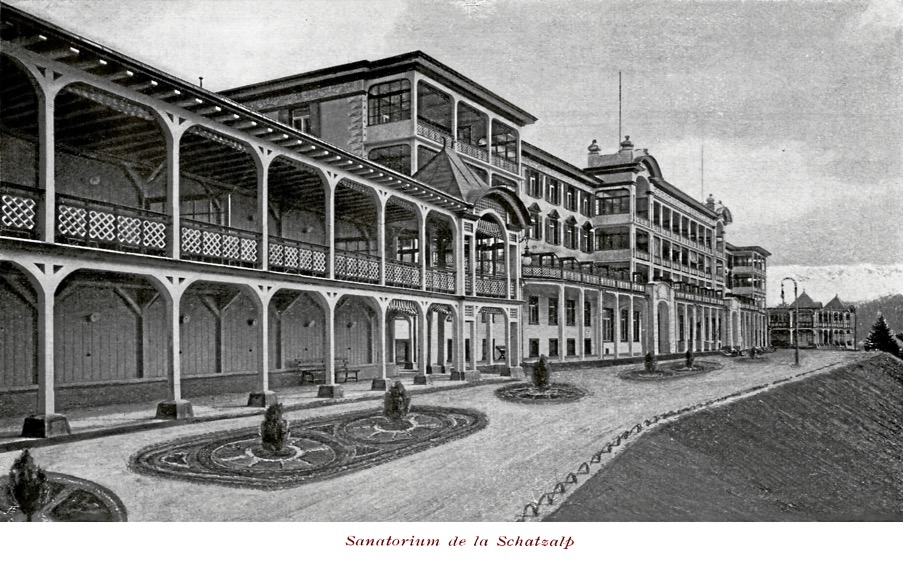By Fanis Michalakis,
Today, sanatoriums are used for horror movies and videogames as abandoned buildings, usually with something supernatural haunting the place. Although there are no spirits in the halls, there is an eery atmosphere, as is with all the abandoned buildings in the middle of the forest, but also a lot of history, and some biology that, at the time, didn’t know they were using to their advantage.
Sanatoriums were built to treat patients with many different diseases, with the most common one being tuberculosis. Tuberculosis is a disease caused by Mycobacterium tuberculosis, which is a bacterium described by Robert Koch in 1882, which is transmitted by air. Although we are not sure when it first appeared, cases of tuberculosis have been documented in ancient times. With the technological development and people building big cities, the living conditions went down, the population density skyrocketed and so did the spread of diseases. Tuberculosis became a public health issue, and one of the biggest causes of death in Europe, with a mortality rate of 50% for those with active tuberculosis.
Apart from its airborne nature, it appeared in different ways. The primary symptoms of tuberculosis are cough, mucus with blood, fever, night sweats, and weight loss. The most common infection was in the lungs, but infections in other organs led to different symptoms. This is why it took so long to identify the disease in its entirety, with all the cases considered as having the same cause. Another reason was that many people can be asymptomatic, so even though they show no symptoms, they can spread the disease to others.

To stop the chaos, new treatments had to be developed. This treatment relied on observations made by researchers, mainly that populations in higher altitudes showed lower percentages of infection and mortality, and isolation could help their patients’ recovery. However, even though Koch had found the cause of tuberculosis, people kept believing the previous theory of “impure air”, leading to the use of big, open spaces. Thus, the first sanatorium was built in Germany in 1854, and this revolutionary method spread in Europe and North America. The sanatoriums evolved as the demand grew bigger adding more space, and more beds. In the beginning, they used already-built space and repurposed it, but after a while, they had to use new spaces to keep up. The sanatoriums had big rooms, and designed areas where the patients could take walks and breathe fresh air. They believed that the air in the mountains was pure, the sunlight would help the patients, and exercise would promote a faster treatment. Although rich patients would land in hospitals that looked like resorts, middle-class people, who were more struck by the disease, would end up in hospitals that resembled army camps. There was constant surveillance, they were dictated what they would eat, and drink when to sleep, and what to do throughout the day.

Ignoring all the things wrong with the sentence above, the sanatoriums were successful in treating tuberculosis, until the discovery of antibiotics. Their success lies in their methods, but for different reasons than they had assumed. For a start, the isolation of the patients from the rest of the city was important to minimize the spread. Because of the big spaces, the patients were, for the most part, more distant from each other than they would be if they stayed in the city. Moreover, the open spaces meant that there was some sort of ventilation, which prevented the spread of other germs that the patients could have been carrying. However, the effectiveness lies in the locations chosen for sanatoriums, not because of their “pure air”, but their higher altitude.

Today, we know that hemoglobin is used to transport O2 to the tissues of the body and remove CO2. This process can be affected by environmental conditions. More specifically, with higher altitudes come lower air densities and lower temperatures, making the gas exchange in the lungs harder. This would mean that the body would not have enough oxygen to survive. To make things worse, as shown above, lower temperatures increase the affinity of hemoglobin for O2, meaning that it is harder to release in the tissues as it travels in our blood.
To compensate, the body creates more hemoglobin and red blood cells to make the most out of every breath. This process is called “acclimatization” and is all the physiological changes due to, repeated exposure to changes in the environment. These changes are not permanent, so this is not evolution, but they help the organism survive in the new environment. Because of the higher altitudes, the bodies of the patients got to be more efficient in their gas exchanges. So, after they went back to the cities, the lower temperature and higher air density made the gas exchange in the lungs returned to normal, but since they had produced more blood cells and hemoglobin already, the patients of the sanatoriums had better chances of combating tuberculosis than those around them.
References
- Martini M, Gazzaniga V, Behzadifar M, Bragazzi NL, Barberis I. The history of tuberculosis: the social role of sanatoria for the treatment of tuberculosis in Italy between the end of the 19th century and the middle of the 20th. J Prev Med Hyg. 2018 Dec 15;59(4):E323-E327.
- Alkhaldy HY, Awan ZA, Abouzaid AA, Elbahaey HM, Al Amoudi SM, Shehata SF, Saboor M. Effect of Altitude on Hemoglobin and Red Blood Cell Indices in Adults in Different Regions of Saudi Arabia. Int J Gen Med. 2022 Mar 31;15:3559-3565.




